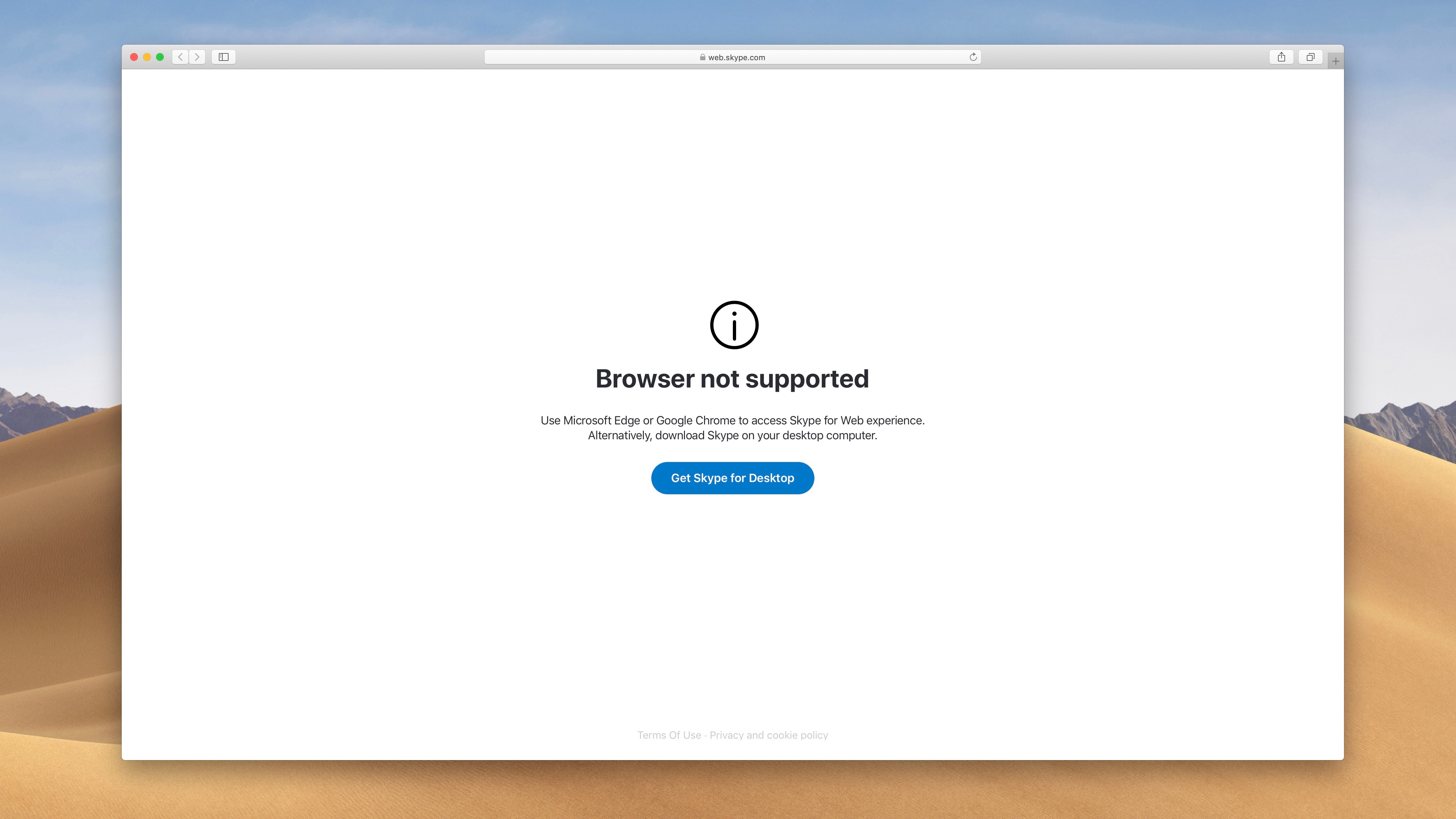
Chrome already did exactly this with Hangouts back in the day and we saw it as them eating our lunch. We wanted Edge to ship the Skype plugin as default, making calls seamless for Edge users, not needing to install a plugin (we saw large drops in adoption due to this plugin). Not directly related story from building Skype for Web: a big internal battle those days was us vs the Edge team. I can only speculate, but it’s likely due to not wanting to pay the maintenance cost of this product on an ongoing basis. I left Skype/Microsoft a long time ago and Microsoft announced in March they will drop support for Firefox. There was a small maintenance cost per browser, which was a bigger one whenever changes to the plug-in were made. Already we had internal debates to support Opera, but the decision was to focus on the largest browsers.įor each browser, we had to add support in our standalone plugin, that was (and still is) required to install for audio/video calls. Back then we supported Chrome, IE 9+, Safari and Firefox. I was part of the launch team who built the first version for this product in 2014. The browser continues to dominate the the platform upon which applications are served to users - and that’s not about to change.The most logical step is now making it a one-stop information & communication hub for users and that’s what WebRTC is about to do.Original Skype for Web developer here. The implication of this technology is that users will no longer need stand-alone applications like Skype, Vonage or Viber or even traditional Telecoms to make voice calls as long they have browsers that are compatible with the standard. To try this yourself, you’ll need desktop Chrome 25 Beta and Firefox Nightly for Desktop Thanks to the work and participation of the W3C and IETF communities in developing the platform, Chrome and Firefox can now communicate by using standard technologies such as the Opus and VP8 codecs for audio and video, DTLS-SRTP for encryption, and ICE for networking.
In order to succeed, a web-based communications platform needs to work across browsers.

The goal of this technology is to offer developers rich, secure communications, integrated directly into their web applications. Last week according to the Chromium blog, the technology has made another giant leap where Chrome and Firefox can “talk” to each other for the first time. I first wrote about WebRTC last year where it was still in infancy stage. However, now a technology that enables browser-to-browser communication called WebRTC spearheaded by Google and Mozilla is about to change the way that online users communicate.


 0 kommentar(er)
0 kommentar(er)
